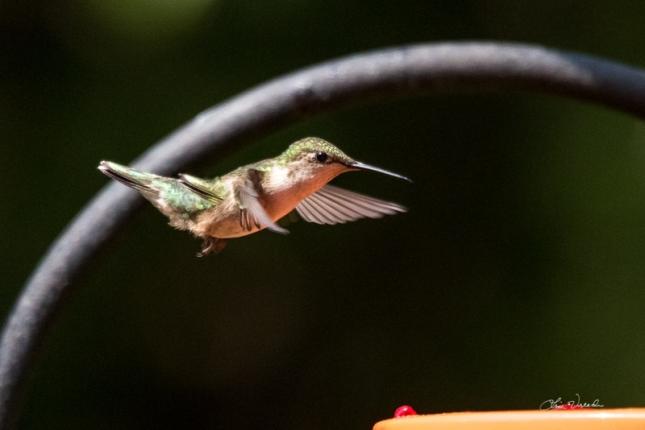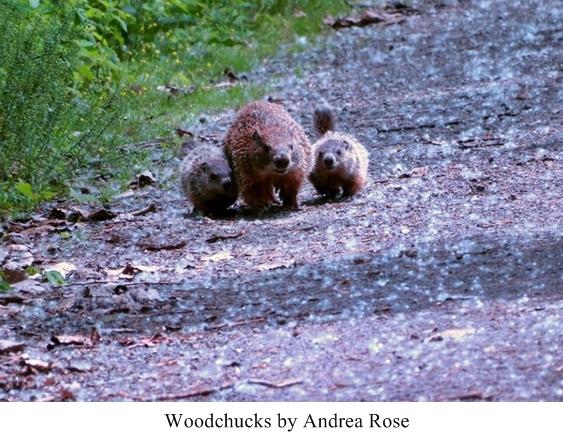June Nature Happenings

- Spring migration has finished. Most of the birds here now are summer residents who nest in the area. Feeders may be scarce at this time due to a variety of factors: birds are tending to their nests, finding natural food sources, incubating eggs, or defending territories from competition and predators.
- House Wrens are one of our local nesting birds. Listen for their loud, bubbly songs - such volume for a bird so small!
- Calcium, protein and fat are vital to nesting birds' diets. Help them nest successfully by offering foods like mealworms, suet, peanuts, sunflower seeds, or our Nesting SuperBlend, all high in essential nutrients.
- Once the nestlings are ready to fledge, watch for them visiting the feeders with their parents!
- June is Perennial Garden Month & National Rivers Month - time to celebrate the natural features of this nation!
- Have you planted any native plants this year? Native plants attract a wide variety of birds and butterflies, and help create healthier ecosystems (without the need for harmful pesticides).
- Hummingbirds are nesting; they may become scarce at your feeders until July. If you're noticing less traffic at the feeders, simply fill them with less nectar so you are not wasting any. Be sure to change the nectar every 2-3 days, or 1-2 days if it's very hot.
- The first fireflies of the year appear.
- Fawns continue to be born mid-May through mid-June.
- Eastern Tiger Swallowtail, Monarch, and other butterflies and moths emerge.

- Young birds leave their nests; their parents are usually nearby. Do not disturb them.
- Wood Duck and Mallard ducklings hatch and venture forth early in the month.
- Canada Geese begin molting.
- Young Woodchucks and raccoons emerge and venture out with their mothers.


